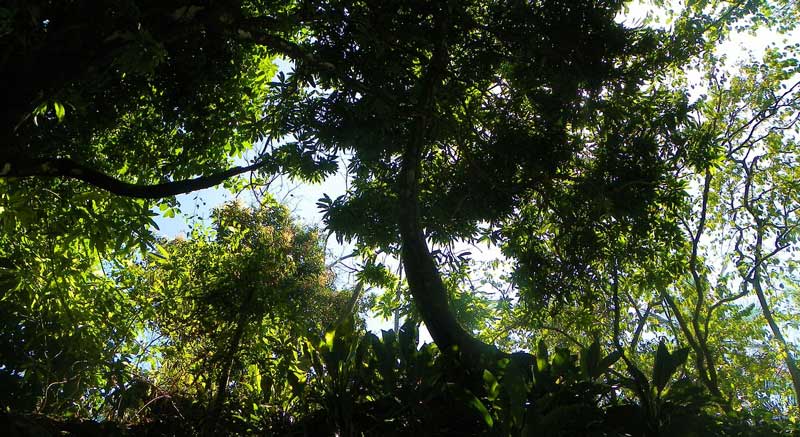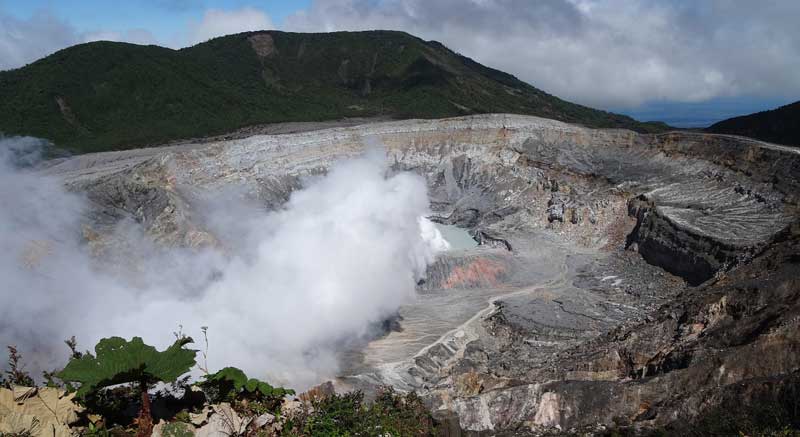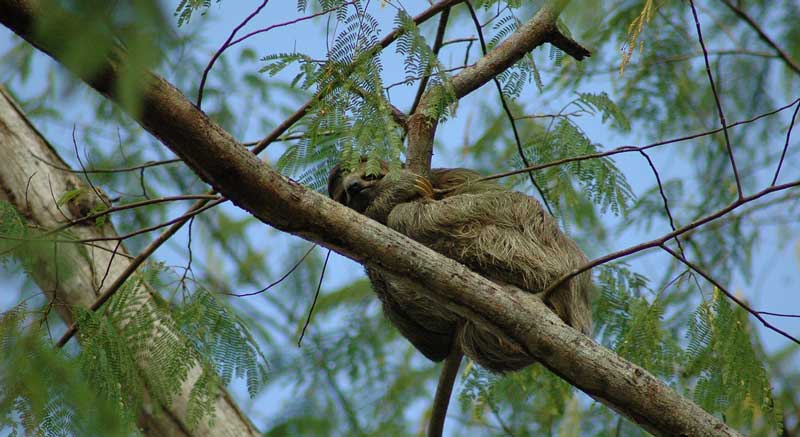With the rain making our Senderos de Nosara a bit soggy, perhaps you’d like to find other trails to hike. Beyond Monteverde, Arenal and Manuel Antonio National Parks, the top three tourist destinations, here are some others that rank highly with hikers.
Bajos del Toro Hidden Treasure Hike and Bajos del Toro Waterfall are accessed through El Silencio Cloud Forest. Half an hour on lies Laguna Hula, with Laguna Congo nearby.
Carara Biological Reserve is known for rare wild scarlet macaws, crocodiles, monkeys, sloths, mangroves, rainforests, and other ecosystems. This relatively flat hike is good for beginners.
Cerros Aka and Durika are recommended for expert hikers only. This trail crosses the cordillera and one path takes you to Sabanas Durika, with a view of the Atlantic Ocean.
 Rain forest trail
Rain forest trail
Cerros de Escazú: Pico Alto, Rabo de Mico, Cedral, and Pico Blanco. Moderate hikes except for Rabo de Mico, the paths are known for detours, river crossings, and abundant ways to get lost.
Chirripó National Park. Hiking up Chirripo is less difficult than it seems if you are in reasonably good shape. A lengthier trek from Herradura to Uran to Chirripó takes two days. The park requires reservations and a guide.
Juan Castro Blanco is a path for expert and intrepid hikers. Rain arrives with no warning, prickly vegetation makes long pants essential, and landslides can carry off part of the trail.
Poas Volcano has one of the world’s deepest and most active craters, approached by an easy wooded path that passes waterfalls and terrific views. Keep away from the crater’s edge!
 Poas Volcano
Poas Volcano
Rio Celeste and Tenorio Volcano National Park. A challenging five-mile hike goes close to the volcano’s furnace vents, with the descent past the brilliantly blue Rio Celeste waterfall. Heliconia Hanging Bridges are located in a private reserve adjacent to the park, with views of Lake Nicaragua along the way.
Santa Rosa National Park, Costa Rica’s oldest, has the world’s only fully protected beach for olive ridley turtles. Cars can drive the first 7 miles into the park, but the 12 miles of trails are for pedestrians only.
San Jeronimo Moravia-Rio La Hondura-Ruta 32 follows Camino a Carrillo, a stone road built in 1881 that was Costa Rica’s most important commercial route. A fragment of the original road remains, to be admired for the feat of engineering that it was.
 A sloth marvels at a hiker’s energy
A sloth marvels at a hiker’s energy
Travesías Talamanca. From Ujarrás on the Pacífic side to Bambú in Limón province, this hike takes six days. A guide (with a machete) is essential to make it through a trail often overgrown by vegetation. Better undertaken during the dry season.
List drawn from CostaRicaExperts.com and http://www.wikiloc.com/trails/hiking/costa-rica
